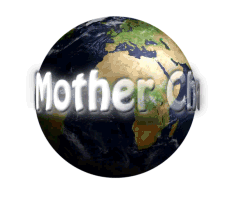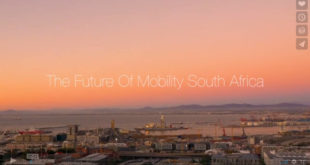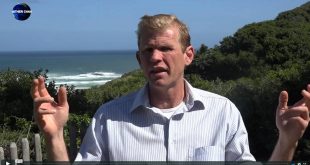World Bank Group’s Ms Rachel Kyte, Vice President and Special Envoy for Climate Change, speaks on Engineering a Green Energy Future through an integrated Landscape approach, at COP 20, Lima.
Our goal and focus in terms of the landscape approach, in conjunction with the IPCC Report (Nov. 2014), is the decarbonization of our economy by year 2100 through various revolutions, e.g. clean energy, urban transport systems, etc over the next decade, however, it places firmly in the center of our activities, our action, need for action but more importantly our ability to manage our landscapes in a fundamentally different way for the provision of planetary resources, i.e. nutrition, livelihoods and and sustenance in rural areas, ourselves with diversity of nature in order to survive, including the ability to reduce forest and agricultural emissions and provide jobs and competitiveness to economies that must survive.
Although at this point, the science is clear and economics compelling with constant feedback, with a lot more that we can share globally, the question still remains on how to integrate this information into your vision of your countries future, this is exactly what is at stake here at COP 20 and between this meeting and Paris (COP 21). The way in which the nationally defined contributions take a comprehensive approach to our responsibility to effectively manage our economies, will really be the test as to whether they succeed or not.
World Bank takes our responsibility of being ‘first choice’ (long-term) for countries, as they develop their nationally defined contributions and consider the upscale and sped up action required to achieve their goals, very seriously. The provisioning of finance into the Climate Investment Fund (CIF), through initiatives like REDD+ funded by the Forest Carbon Partnership and Bio Carbon funds, and similar, for the implementation of global adaptation & mitigation projects, has a net worth of investable resources and a long list of countries ready to access them, which has to be packaged in a phased approach, which will show how this work can happen at scale and work in the context of an integrated landscape approach. Recent additional funding into the Climate Investment Fund for implementation, means assistance to an additional seven (7) countries, and in fact we are RM800 dollars short of being able to fund the entire pipeline that we sit on, complimented by the contributor’s decision to keep the CIF operating for another few years, while other funds are establishing themselves, we have the mechanisms to scale now, which is very important.
If we are going to be able to direct long-term financing into the things that we value most, then we will need every development institution, bi-lateral and multi-lateral to join us (integrated landscape). There is a fundamental shift in multi-lateralism and multi-lateral aid and development at stake – if the challenge is to decarbonise the global economy by 2100 and simultaneously protect natural resources, etc. then that’s a very different challenge from what we or the UN were originally created for, 70 years ago.
It’s a fundamentally different challenge and we have to work closely with each of you, our shareholders and member states to continue to construct and develop, but decarbonise at the same time and many of the tools and answers are here today, and we, World Bank Group will be your partner on this journey!
Links :
http://www.recoftc.org/basic-page/what-redd
https://www.forestcarbonpartnership.org/about-fcpf-0
https://www-cif.climateinvestmentfunds.org/about
 Mother Channel Environmental, climate change news and media.
Mother Channel Environmental, climate change news and media.



